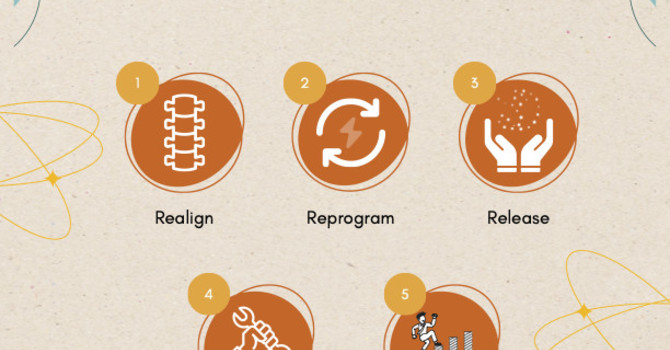
I wrote the following blog in November 2016 and just found it in my Blog archive. It was written after the November 2016 elections. I thought it was still very relevant, and the political situation has cycled back to where it was back then. Even though our daily local and world news focuses on the conflicts in the Middle East, Ukraine and Africa, I find it interesting to recall that in 2016 there were 49 armed conflicts in 28 countries and territories. In fact the United Nations reported that 2016 saw more countries experiencing violent conflict than in the previous almost 30 years.
So welcome to my time capsule from 2016:
A huge percentage of Americans are experiencing severe stress as a direct result of the prolonged negative presidential campaign season. The political process is fluid and often cycles like a pendulum, so although I am generally horrified with what is happening, I must admit I am not surprised.
Given that much of this is out of our immediate control, might I suggest that this is an excellent opportunity to bring in a mindfulness practice. The only thing that we truly have any control over is our respective reactions to things in the world and not the things themselves. Over the past week since the elections I have observed that most people in my sphere are stressed and feel a great deal of fear and angst – myself included.
However I had an epiphany today while at the local produce Market: why not allow myself to look beyond myself and be kind to others? I helped a man bring his garbage bins in where I parked on the street, I offered a hand to a woman having trouble getting into her car in the parking lot near the store. I offered a kind smile to several people scurrying around the store, and much to my surprise I got a momentary startled look and then a smile back. It didn’t cost me anything, and it made both me and the recipient feel better.
In some cosmically ironic way, it is in times of adversity and struggle where kindness can make the most notable difference! It reminds me of a silly poem my meditation teacher recited many years ago. It goes something like this: ”everything is so lovely when life flows along like a sweet song. But a man worthwhile is a man with a smile when everything in life goes dead wrong!”
I enjoy listening to “books on tape” while driving, and am currently listening to a Great Courses lecture by Dr Ronald Siegel entitled “The Science of Mindfulness: a research-based path to well-being.” Mindfulness practices originated in many ancient religions, and most notably Buddhism. But scientists and modern teachers have brought these techniques into the public eye and into the scientific laboratory, and there is a growing body of scientific research and application that espouses the benefits of a mindfulness practice. Dr Siegel explains how the human brain evolved to constantly look for danger. As he explains it, our ancient ancestors on the African Savannah would see a brown rock and think it’s a lion, and one out of 1000 times they would see a lion and think it’s a rock. By natural selection, the latter didn’t survive and the former passed on their genes to us. So we are left with a brain that’s wired to look for danger.
Luckily most of us don’t live with lions and tigers roaming our neighborhoods, but our minds spin all the time. The science of mindfulness practices was created to help us learn to control this very aspect of our minds.Many years ago before my 16 year old son (now 24) was born, I kept a daily meditation practice (I’ve once again begun a daily morning practice this year!). Much of this practice revolved around awareness of the breath as well as awareness of my reactions to sensations of the body in reaction to thoughts and the environment.
It’s now time to restart a mindfulness practice (restarted!) and I invite you to join me. One way to start is to learn to observe your breath. Start with 5 minutes each morning just after you wake up. Set a timer, sit comfortably, close your eyes and begin the process of taming your mind by observing your breath in and out through your nose. This helps to focus your mind, and as it wanders, you catch it and begin again. It’s really as simple as that.There are many forms of mindfulness practice – of learning to be vs do.
There are many great books and other resources to begin your journey. Here are some of my favorites:The Art of Living, Vipassana meditation as taught by S.N. Goenka, by William HartWherever you go, there you are, mindfulness meditation in everyday life, by Jon Kabat-ZinnA Path with Heart by Jack Kornfield,The Power of Now by Eckhart Tolle, Stopping – How to be still when you have to keep going, by David Kundtz.
There are also some terrific meditation schools and programs around that run courses. Here are some that I know of:Spirit Rock, California Vipassana Centers, Mindfulness Based Stress Reduction (google for local program locations).
In addition to meditation, I recommend a mindful movement practice, such as yoga, Chi-Gong or Aikido. Any exercise can serve as a mindfulness practice as well. You can also have a mindfulness practice when you are eating. For example, try to be aware when you are eating from stress or worry rather than from hunger.
The picture is from the book "Am I Overthinking This? over-answering life's questions in 101 charts" by Michelle Rial
Definately a fun book for a waiting room or coffee table!






